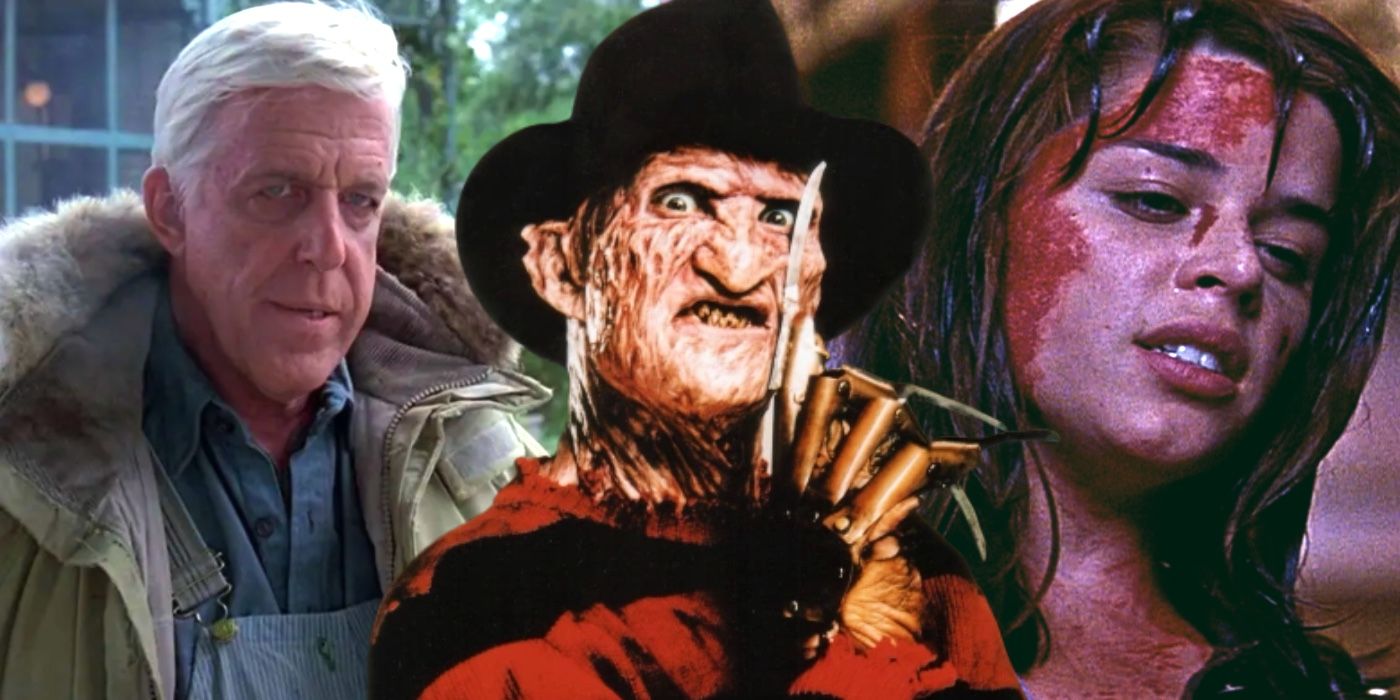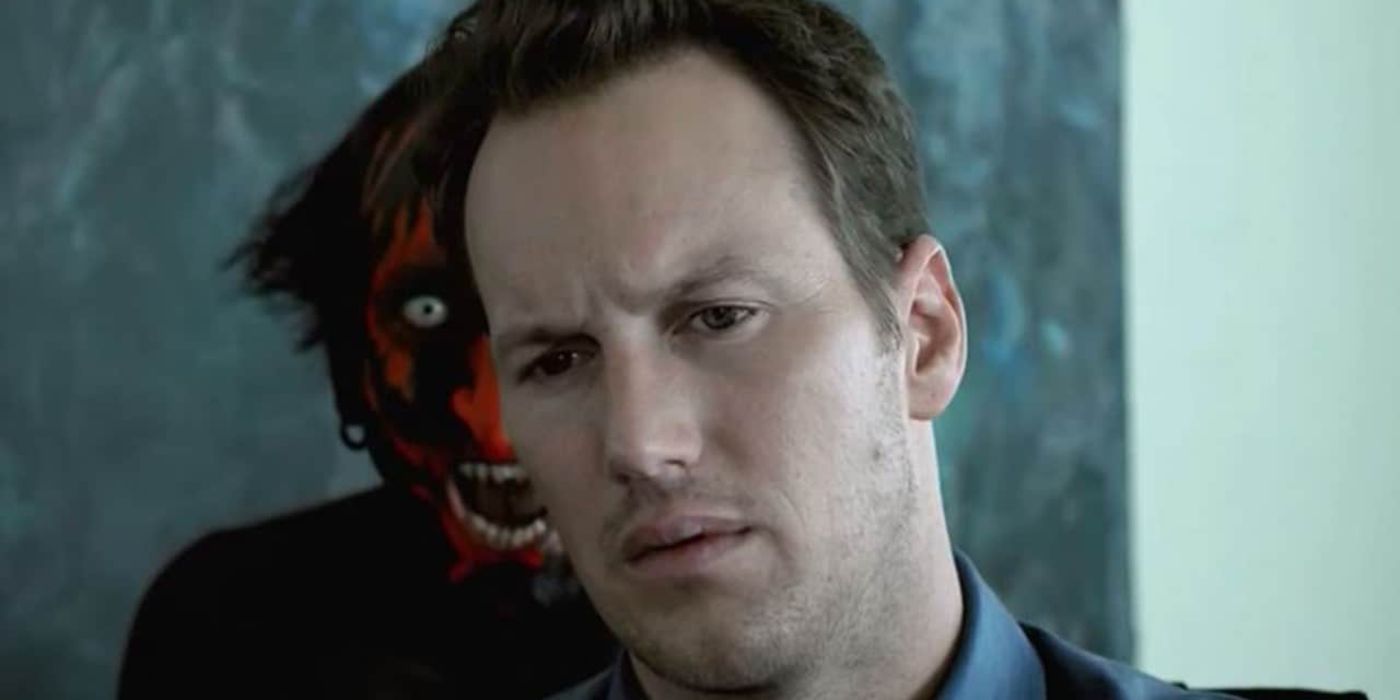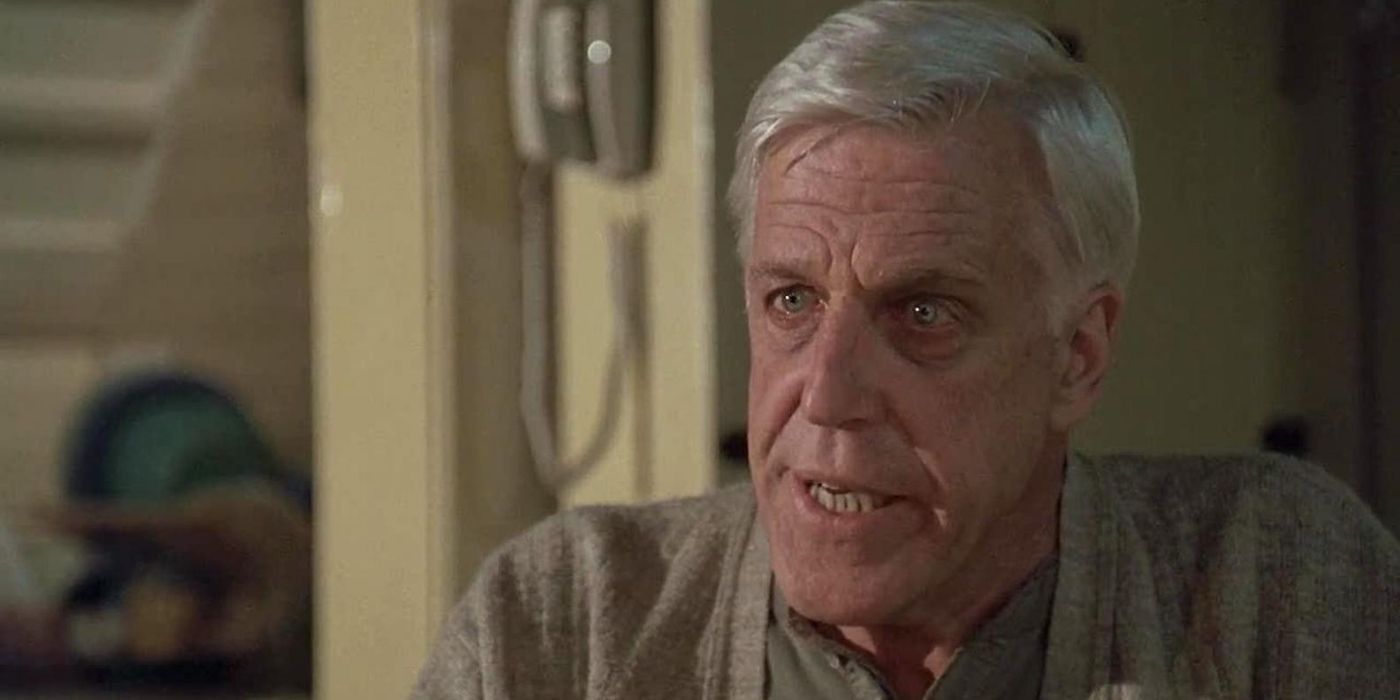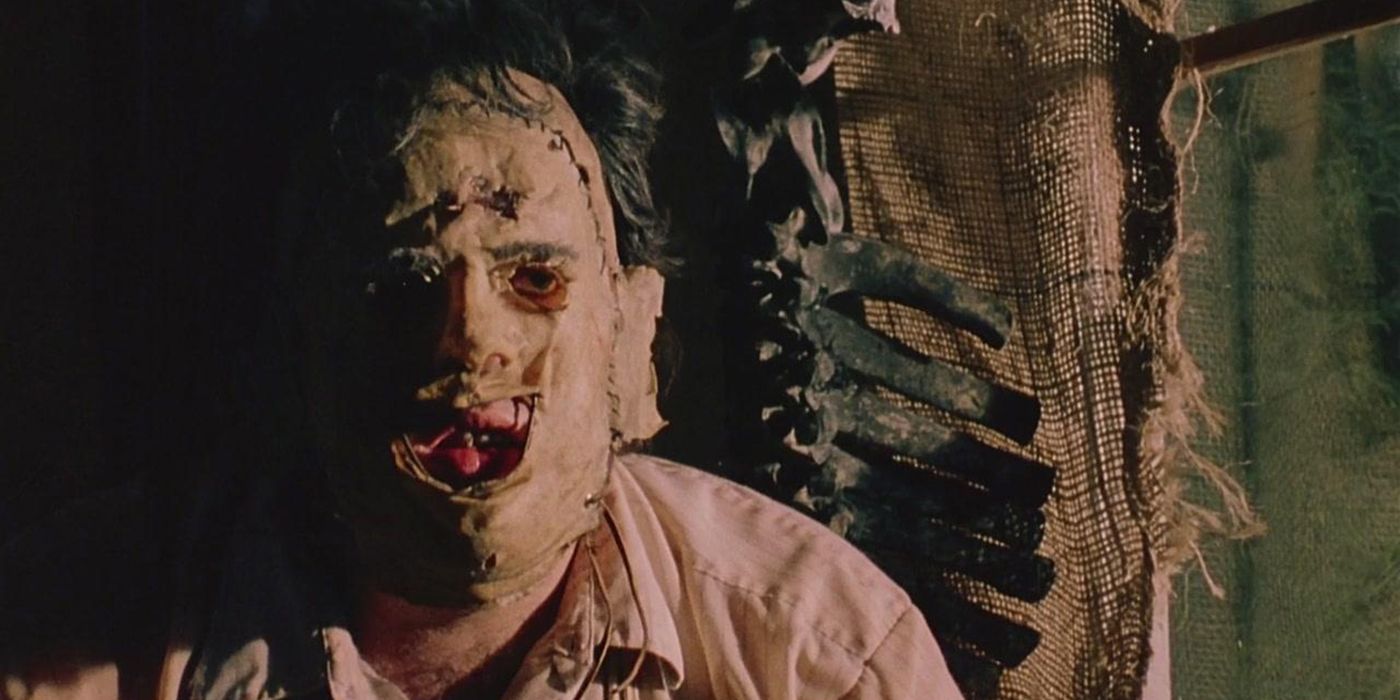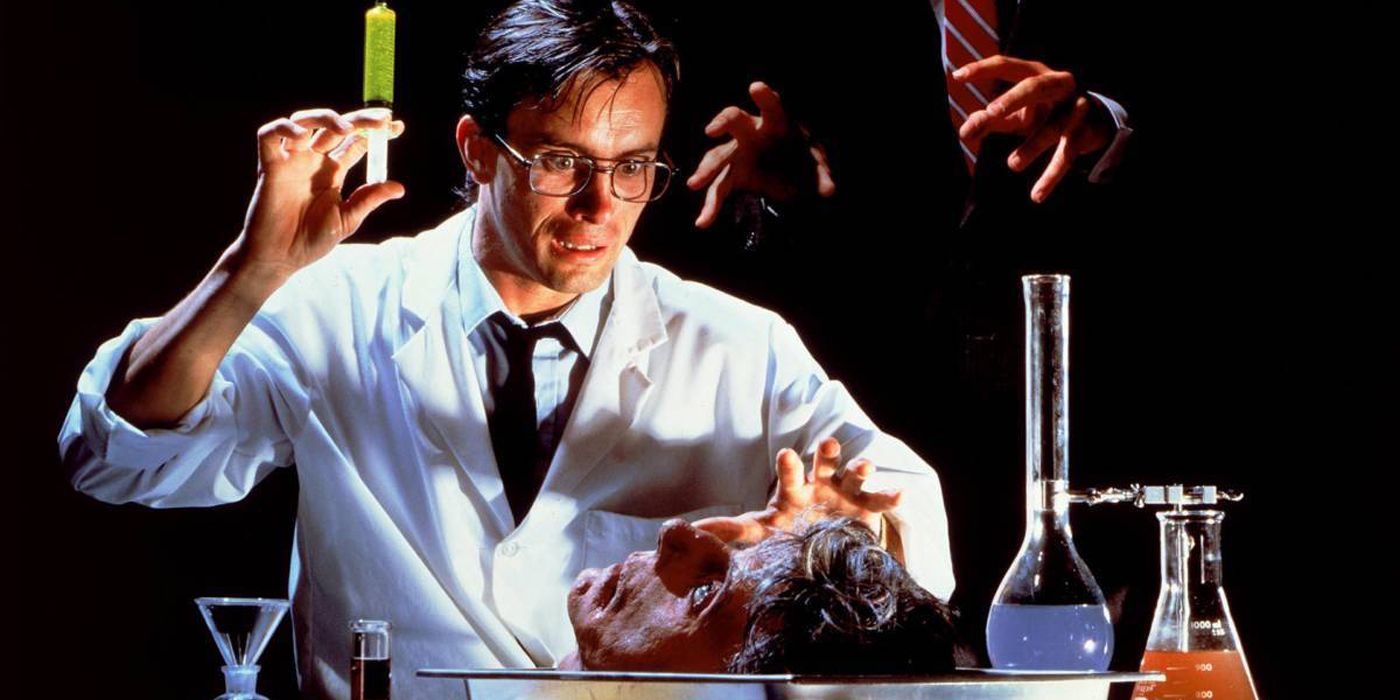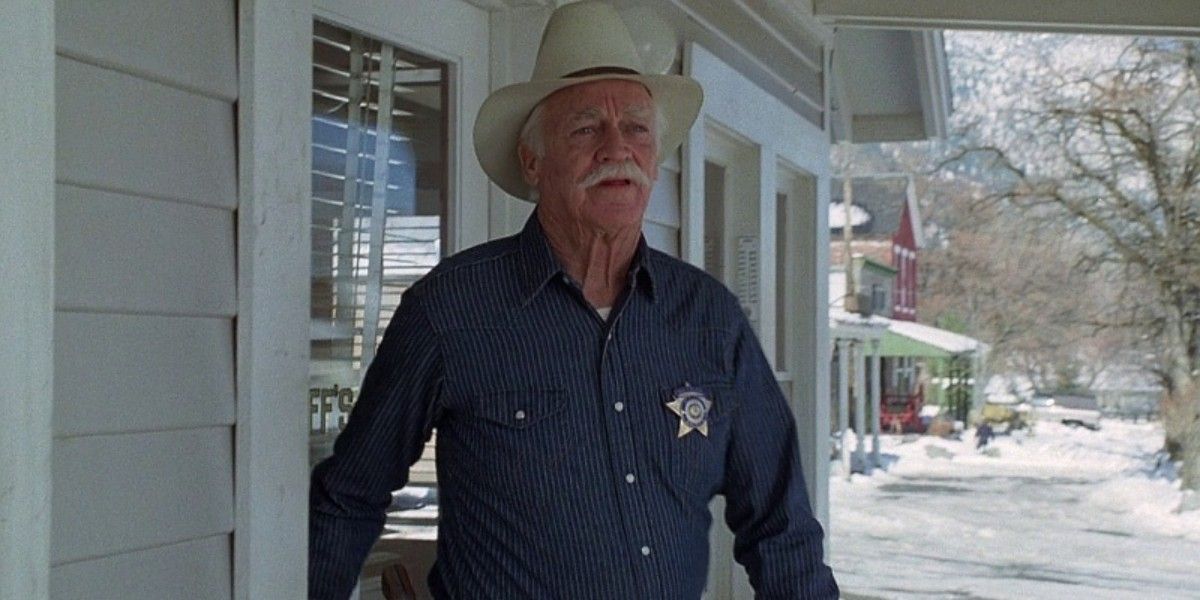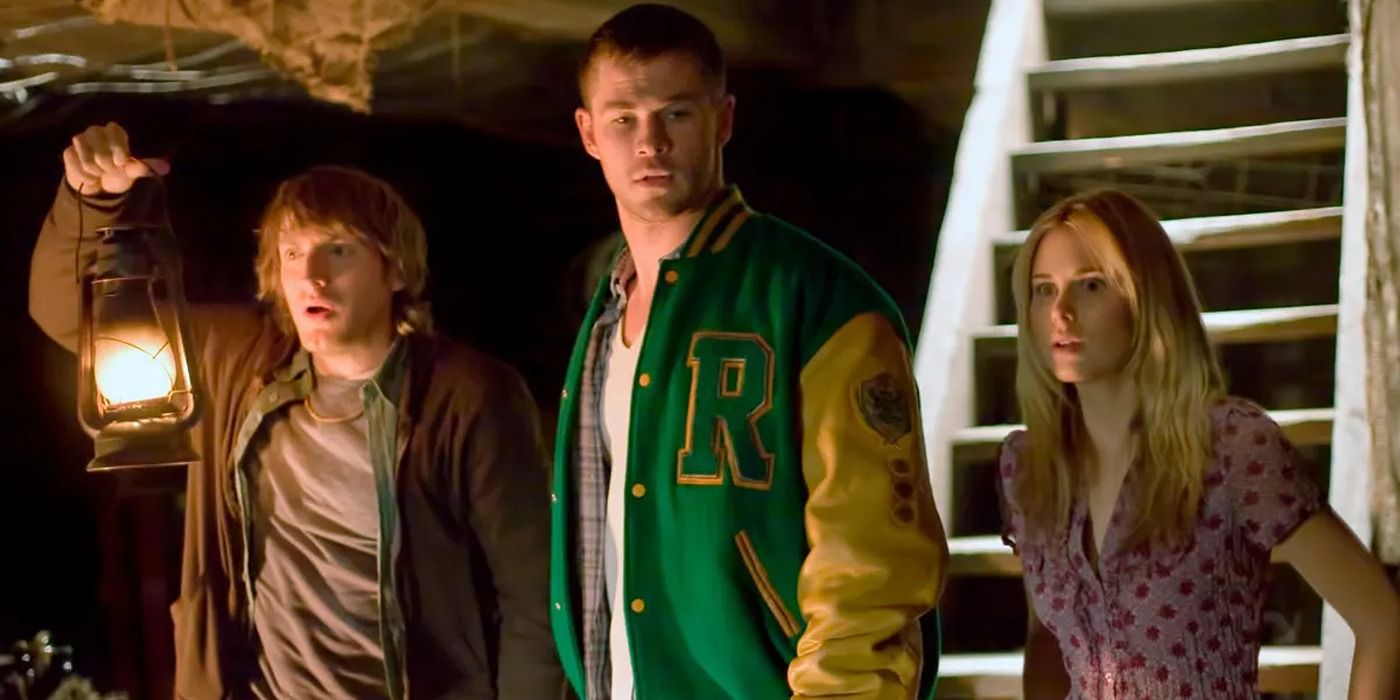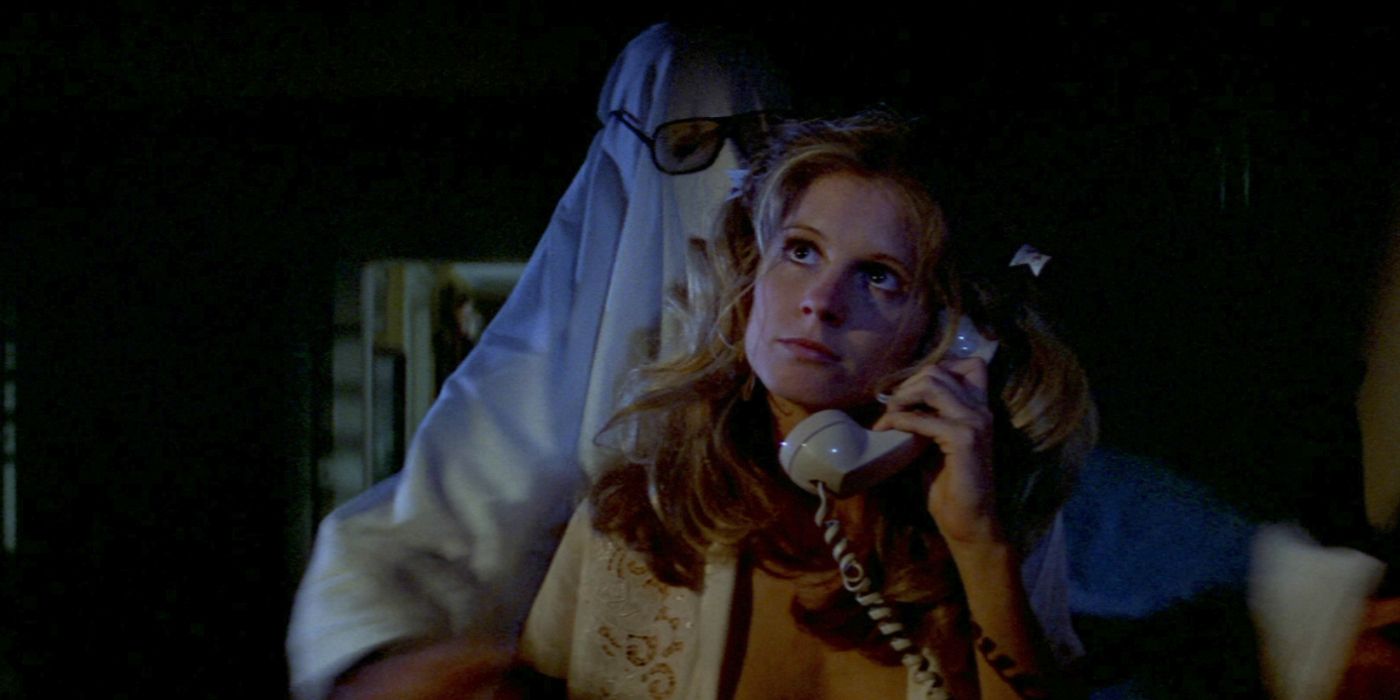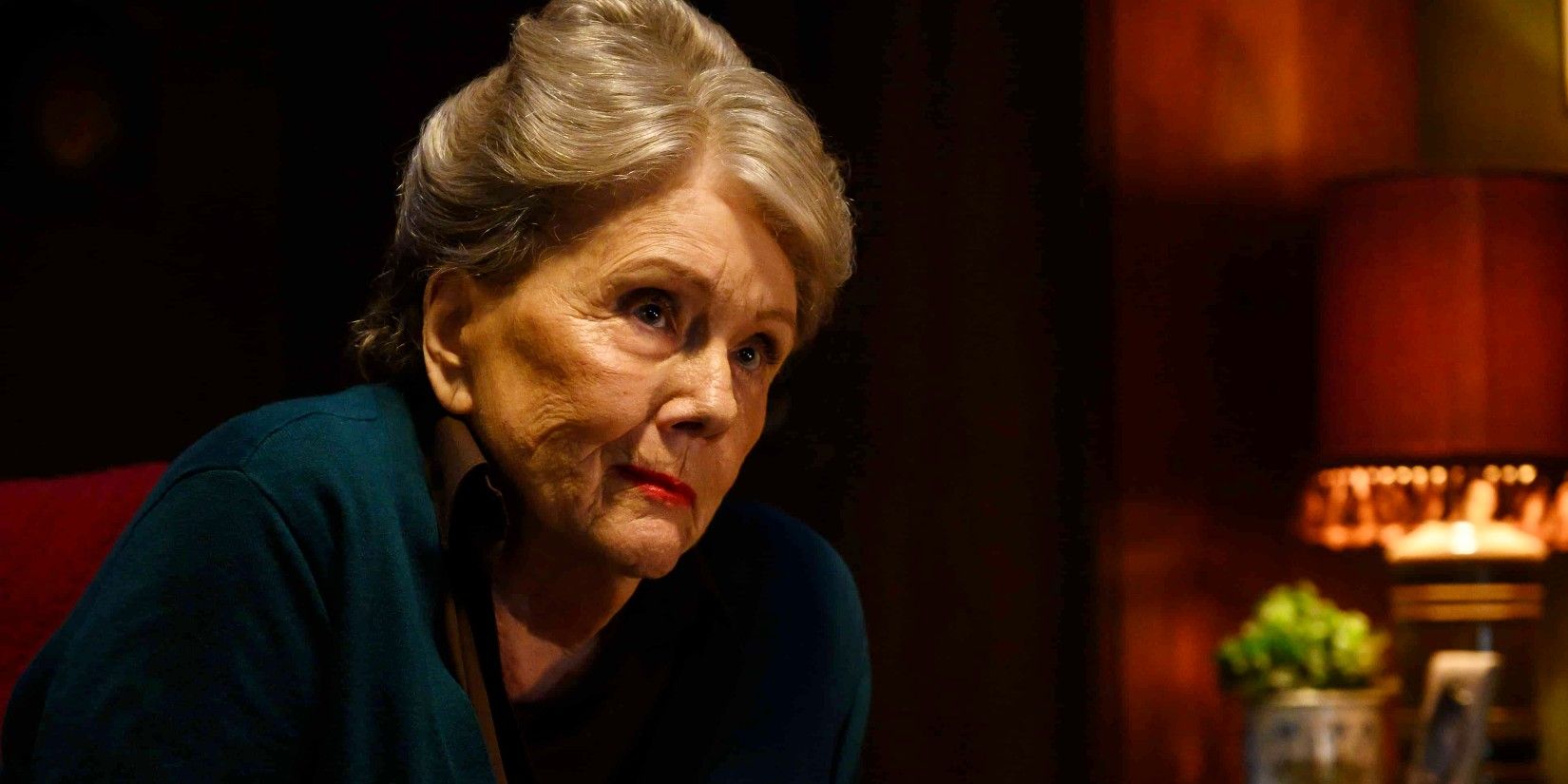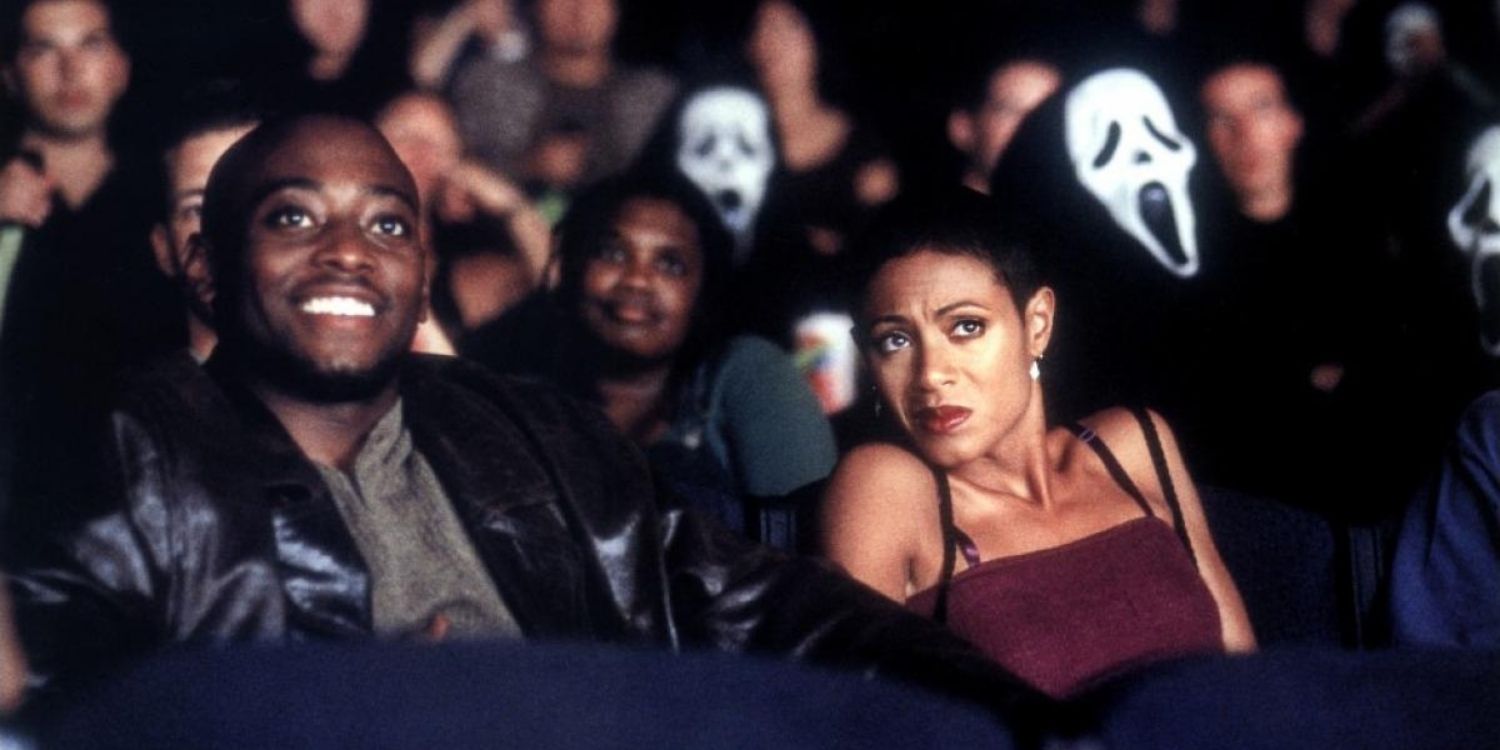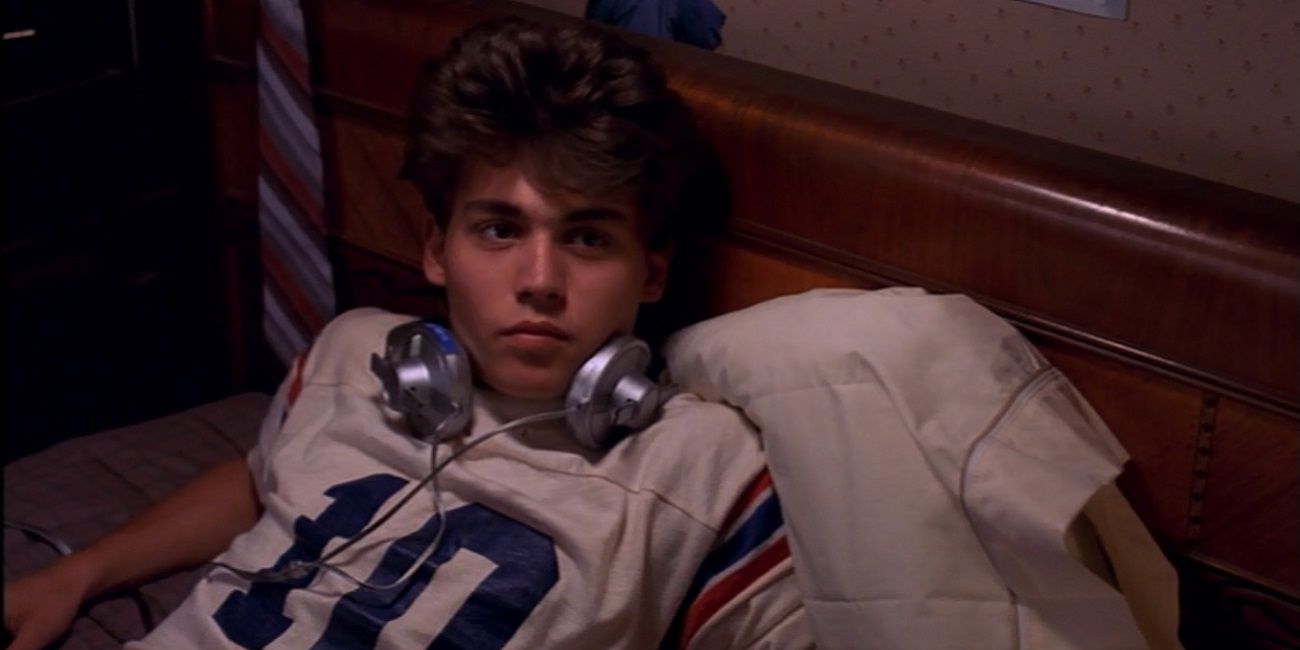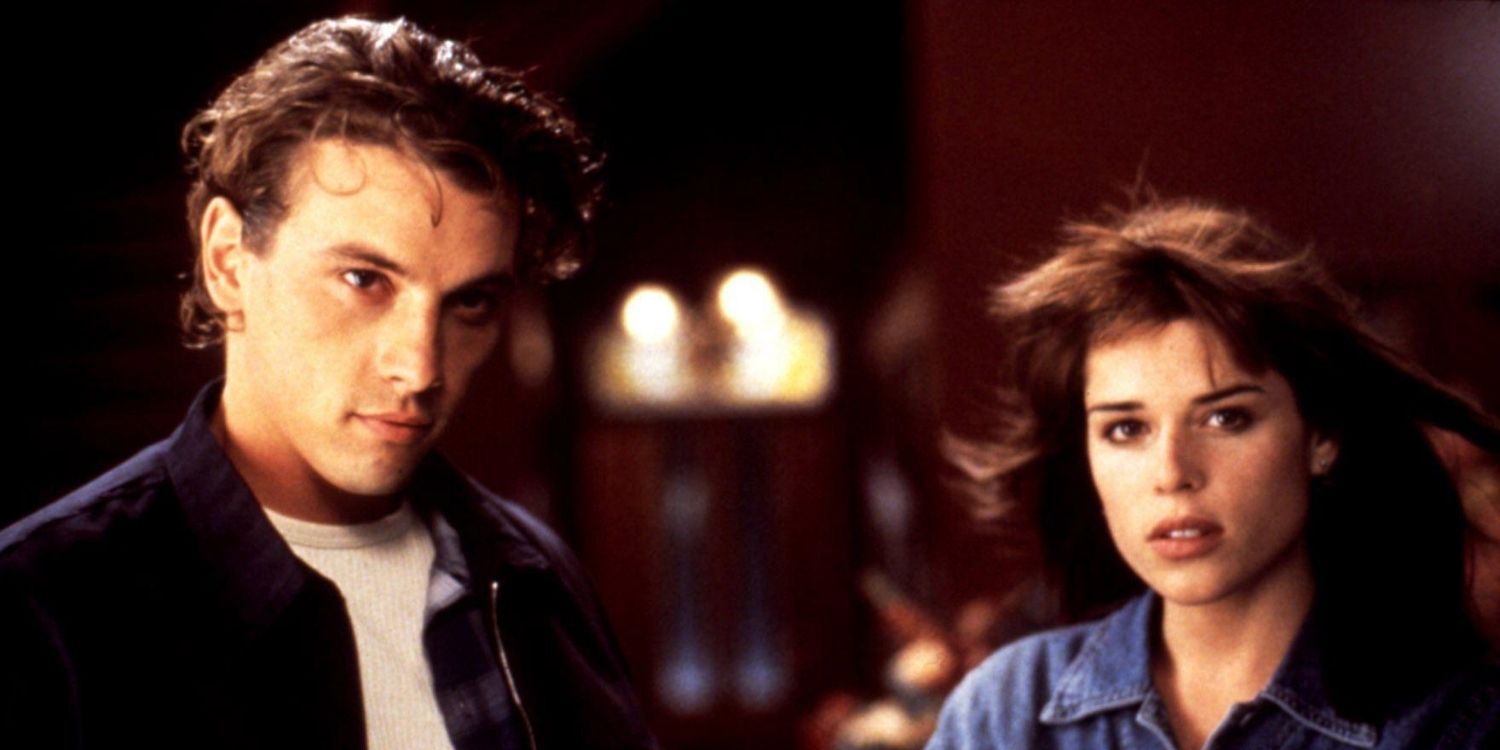Summary
- Horror movie character tropes can both enhance and diminish the quality of a film.
- Some tropes, like the evil supernatural entity or the warning harbinger, can be fun to revisit, while others, like the promiscuous "bad girl" or the token minority character, can be offensive and harmful.
- The final girl is a widely recognized and enduring trope, representing the protagonist who survives and takes down the villain.
While every genre has recognizable clichés, the horror genre is especially filled with well-worn aspects, including some classic horror movie character tropes. The concept of a trope in and of itself isn't necessarily negative. Character tropes help divulge information about a character to an audience quickly, working to curb the problems that arise from lengthy exposition. However, horror movies have gained a number of predictable tropes that can suffocate the quality of the overall film and have become so prevalent that movies like The Cabin in the Woods have dedicated an entire premise to satirizing them.
Even the best horror movies of all time can feature these familiar tropes, some of them finding interesting ways to present these concepts while others help to establish the tropes in the first place. Horror movie tropes are a double-edged sword. There can be offensive and harmful tropes that get overused in the genre, but there are other tropes that feel comforting and fun to revisit in a variety of different stories. The most frequent horror movie character clichés show the good and bad ways they have been used over the years.
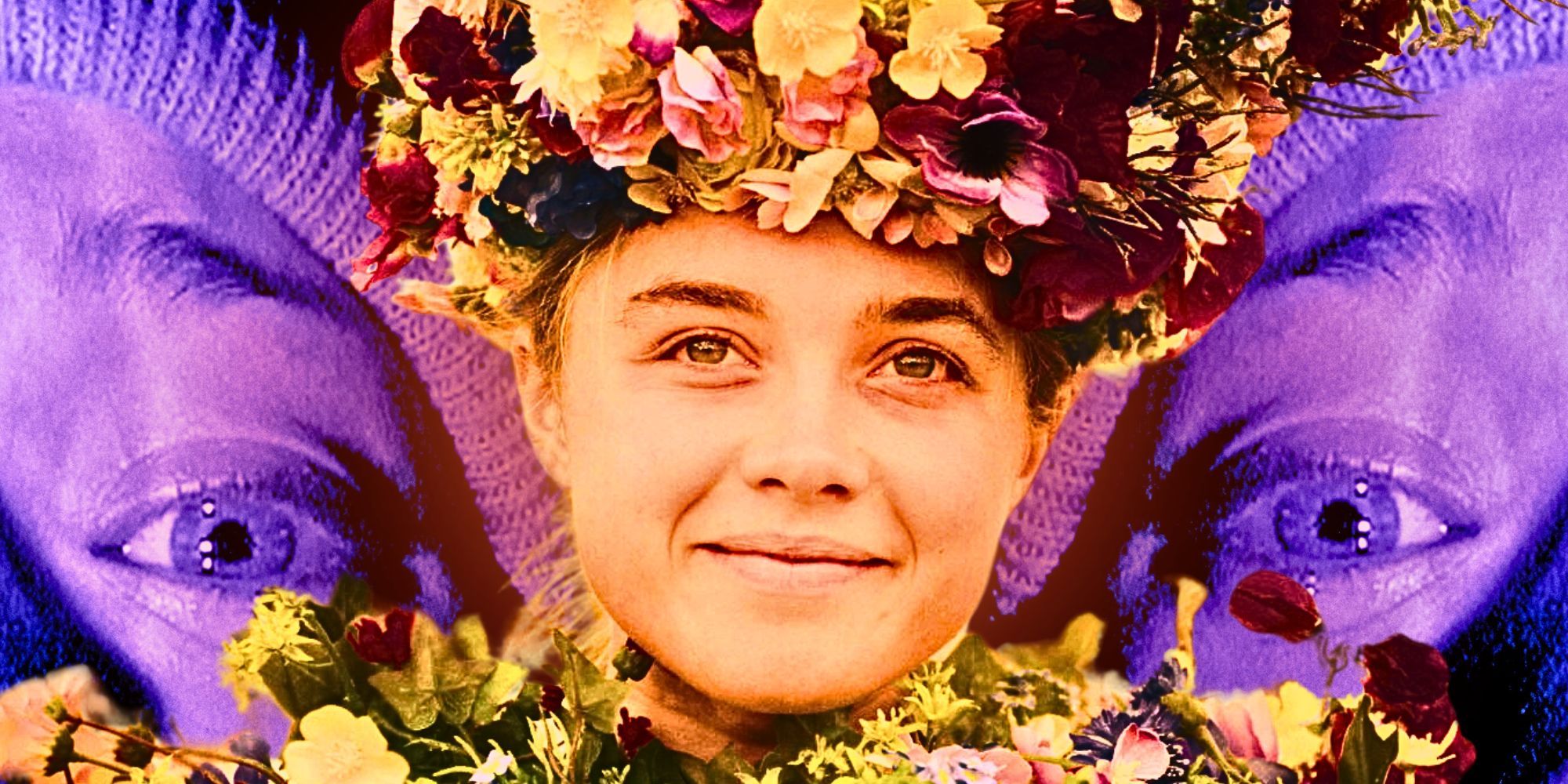
10 Scariest Horror Movies Based On Urban Legends
Horror movies become more frightening when they are based on urban legends, they take stories that have spooked viewers and make them feel real.1 The Entity
Notable Examples: Pennywise (It), Death (Final Destination), The Entity (It Follows)
Where some horror movie villains might be the typical muscle-bound monster, a masked murderer, or a deranged psychopath, there's a special kind of fun to be had with an evil supernatural entity, demon, or spirit. Instead of using machetes and butcher knives to dispatch victims, these entities can haunt and psychologically torture the characters before subjecting them to the brutal end.
Creatures like Pennywise from IT, the Babbadook from The Babbadook, and the Lipstick-Face Demon from the Insidious franchise are all perfect examples of these horror movie character tropes. The Entity in It Follows is another more modern take on the trope that is all the scarier before the audience never gets to see its true form.
2 The Harbinger
Notable Examples: Jud Crandall (Pet Sematary), Crazy Ralph (Friday The 13th), Jezelle (Jeepers Creepers)
Before the real horror sets in, many horror movies set the stage with a warning for the characters of the danger that might lie ahead. The Harbinger can take a variety of forms in the story, from an old man to a grieving woman to another survivor, who warns the group of soon-to-be victims.
Despite these characters attempting to make life easier on the characters, they are always, of course, ignored. On rare occasions, they even join the body count as another victim. "Crazy Ralph" from Friday the 13th and its sequel is the perfect example of these horror movie stereotypes as well as Jud Crandall from Pet Sematary. Jordan Peele found a fresh way to approach the cliché with the comedic character of Rod in Get Out being much different from the typical gravelly serious harbingers.
3 The Pawn
Notable Examples: Eric (Evil Dead), Alex (Wishmaster), Evelyn (The Mummy)
The pawn is a rather complex individual and one that ignites the story in a big way. Simply put, these horror movie character tropes are unwittingly responsible for the carnage that befalls the rest of the victims. They're the ones that open the box that shouldn't be open, mess with a demonic board game, disturb the abandoned summer camp, or in the case of Leatherface, be the stooge used by the true movie's villains. Either way, someone's getting used for evil intent.
Eric from the Evil Dead reboot was the one who kicked off the Deadites' reign, Alex unleashed the evil djinn in Wishmaster, and Evelyn read from the Book of the Dead in The Mummy. As these examples show, curiosity is usually the cause of these ill-advised decisions.
4 The Scholar
Notable Examples: Seth Brundle (The Fly), Dr. Frankenstein (Frankenstein), Mindy (Scream)
One of the more underused yet easily recognizable horror movie character tropes is The Scholar. The Scholar is a character whose intelligence plays into the horror plot whether as a cause of the horror or a solution to it. They can be a scientist trying to stop an evil monster, a researcher looking to raise the dead or even just a simple victim.
It's not always a good idea to be an intellectual in a horror movie, but sometimes being smart can save one's life — or shorten it depending on the story. Examples of The Scholar include Seth Brundle from The Fly whose quest for knowledge turned him into a monster and Mindy Meeks-Martin from the new Scream movies whose "rules" help keep the heroes alive. However, the most iconic example is Dr. Frankenstein.
5 The Hunter
Notable Examples: Dr. Loomis (Halloween), Quint (Jaws), Ripley (Aliens)
One of the more interesting horror movie stereotypes is the concept of The Hunter. These are usually characters who have encountered the evil at the center of the story before and are now dedicating their lives to bringing down the film's villain. Characters like Dr. Loomis from the Halloween franchise, Ellen Ripley from Aliens, and the original Abraham Van Helsing from Dracula have represented the determined hunter trope.
These characters might be the ones to come in and save the day, give the final girl a chance to escape or fight back, or they just might be outmatched by the killer and end up a victim themselves. Quint falls into this category as he has dedicated his life to hunting sharks only to become the final person killed by the shark in Jaws.
6 The Cop
Notable Examples: Officer Mooney (Killer Klowns from Outer Space), Sheriff Hoyt (The Texas Chainsaw Massacre), Donald Thompson (A Nightmare On Elm Street)
Another one of the most common horror movie character tropes, there's almost always a cop present in a horror movie, usually telling the young people to be careful, or just being generally unpleasant, sometimes to such an extent that they are a villain. Of course, said cops are almost never available when the protagonists inevitably find themselves at the mercy of some sort of murderer or monster.
In the worst-case scenario, they are either complicit in the evil deeds or they are killed themselves, thus rendering their status as protectors moot. Officer Mooney from Killer Klowns from Outer Space was the hateful and uncaring cop trope. Sheriff Buster in Misery was an example of a cop character who tried to help but only added to the body count. Recently, Detective Bailey in Scream VI was the ineffective cop who ended up being the true killer.
7 The Final Girl
Notable Examples: Laurie Strode (Halloween), Sidney Prescott (Scream), Sarah (The Descent)
By far one of the most widely recognized horror movie character tropes is that of the Final Girl. This figure is in some ways the most important and enduring one, particularly in the slasher films that were so popular during the 1970s and 1980s. She is typically the only one who survives the slaughter that takes place during the film, and she usually gets the opportunity to take down the villain.
A seminal example of the final girl is Jamie Lee Curtis' Laurie Strode from Halloween, though more contemporary examples include Sam Carpenter in Scream 2022, Dani in Midsommar, and Maxine in X. There has been a shift in the trope in more recent years with the Final Girls being more than victims and often turn the tables on the killers in the end.
8 The Jock
Notable Examples: Carter (Final Destination), Stan (The Faculty), Curt (The Cabin In The Woods)
The Jock is one of those horror movie character tropes that's usually seen when an ensemble group of young adults is involved in the plot. They're easily recognizable, as every high school and college student knows what to expect from this particular character. He typically embodies all the things that American audiences expect from their male characters, and he’s often a bit of a jerk.
These characters are almost always seen wearing their letterman jacket or tossing a football around to show just how into sports they are. Despite their strength and athletic ability, The Jock is never a match for the villain and rarely survives. The trope became so well-worn that movies like The Faculty and The Cabin in the Woods actively tried to do something new with it.
9 The Bad Girl
Notable Examples: Bree (Friday The 13th), Tina (Nightmare On Elm Street), Lynda (Halloween)
One of the most problematic horror movie stereotypes is that a girl who is depicted as promiscuous is generally the first to face the wrath of the killer — and quite often in a particularly brutal fashion. While the final girl exhibits many of the traits that many associate with the "good" girl, the "bad" girl is the opposite of that. She will usually take pleasure in sexual affairs, and she often doesn’t care too much about the other people in the group.
For the Friday the 13th remake it was Bree, and in Nightmare on Elm Street it was Tina. More modern horror movies have pushed back against this trope for a number of reasons. The idea that sexuality is something evil is not a sentiment that rings true with modern audiences and these characters were made even more offensive for never having any agency or intelligence beyond adding sex to the movie.
10 The Killer
Notable Examples: Freddy Kruger (A Nightmare On Elm Street), Norman Bates (Psycho), Patrick Bateman (American Psycho)
Obviously, The Killer is the most important of all horror movie character tropes. Sometimes it’s a monster, sometimes it’s a ghost, and sometimes it’s just a person who seems to take an inordinate amount of pleasure in slaughtering people. In many ways, this character is the expression of all the things that a given culture fears the most. At a broader level, the killer represents the fear of the unknown and of the ultimate ineffability of death itself.
While there is a slasher movie cliche of the masked killer in horror movies, like Michael Myers and Jason Vorhees, there are also great examples of regular humans looking for revenge like Norman Bates, Hannibal Lecter, or Patrick Bateman, The Killer is of the utmost importance.
11 The Old Person
Notable Examples: Father Merrin (The Exorcist), Omi (Krampus), Ms. Collins (Last Night In Soho)
Though not utilized as much, horror movie character tropes like The Old Person are still used today. While horror movies often focus on young people, old people do have their own parts to play in most horror films. In most cases, the Old Person is a sort of warning figure, who usually tells the young people to avoid whatever place it is that they’re going to. At the same time, they also provide some much-needed information about the killer or unexplained horror movie creature.
There are also some great ways this trope can combine with others. Father Merrin from The Exorcist was a rare example of the Old Person trope that is also a Hunter trope as he has information about the demonic entity and seeks to battle it. Edgar Wright's Last Night in Soho also twisted expectations by making the Old Person trope the villain in the end.
12 The Token
Notable Examples: Halloran (The Shining), Hallie (Scream 2), Eugene (Final Destination 2)
Another one of the most harmful horror movie stereotypes is that of The Token. It has to be said that horror films have a bit of a problem when it comes to representation, and up until recently, there were relatively few horror films that had a significant amount of narrative time for people of color or other minorities. Many horror ensemble casts see only one character that isn't white, and they're usually devoid of personality.
They rarely survive until the end, and they are seldom the hero. The Blackening sought to subvert this trope, with an all-Black cast and a tagline that reads "We can't all die first." Thankfully, this trope has largely been removed from the genre in recent years while there have also been a number of acclaimed horror movies, like Get Out, that told stories of minority protagonists.
13 The Skeptic
Notable Examples: Goerge (The Amityville Horror), Ichabod Crane (Sleepy Hollow), Glen (A Nightmare On Elm Street)
Every horror film needs The Skeptic, another one of the more common horror movie character tropes that sees a person who doesn’t seem to want to believe anything that’s going on, or who wants to believe that there’s some sort of rational explanation for supernatural events.
Unfortunately, despite all the evidence to the contrary, they’ll hold on to their sense of skeptical detachment right up until the point that they meet their doom at the hands of the very thing they don’t believe in. Johnny Depp has played two different horror movie skeptics, with Sleepy Hollow's Ichabod Crane seeking a rational answer only to gradually accept the supernatural and Glen in A Nightmare On Elm Street who refused to believe his dreams were dangerous and met a bloody end.
14 The Sexy Couple
Notable Examples: Blake And Paige (House Of Wax), Evan And Francine (Wrong Turn)
The Sexy Couple is another one of the many horror movie character tropes that pushes horror flicks into morality tale territory. It’s no secret that horror movies seem to take a rather dim view of sex and this is further highlighted by the Sexy Couple. They are usually secondary characters who are passionately in love but their sexual needs leave them vulnerable to the killer.
It’s almost always a heterosexual couple and it suggests that premarital sex is evil, dangerous, and, judging by how many couples have met their doom in horror films, actually dangerous to one’s physical health. There are countless scenes in movies like Wrong Turn, Halloween, and more that see couples like this sneaking off to have sex and getting caught unaware by the killer.
15 The Hysteric
Notable Examples: Lorraine (X), Barbara (The Night Of The Living Dead), Hudson (Aliens)
Among the many horror movie characters tropes that typically appear in a film, the Hysteric is usually one of the more irritating. It’s almost always a woman, but there are some notable exceptions to this rule, such as Bill Paxton's memorable hysterical performance in Aliens as Hudson.
They seem to freak out about every single thing that happens, whether that’s hearing a strange but innocuous noise or something more serious. Most horror films seem to go out of their way to make the audience want to see this person struck down by the murderer. Margaret White from Carrie is a prime example of this trope, as is Lorraine in X and Wendy in The Shining.

